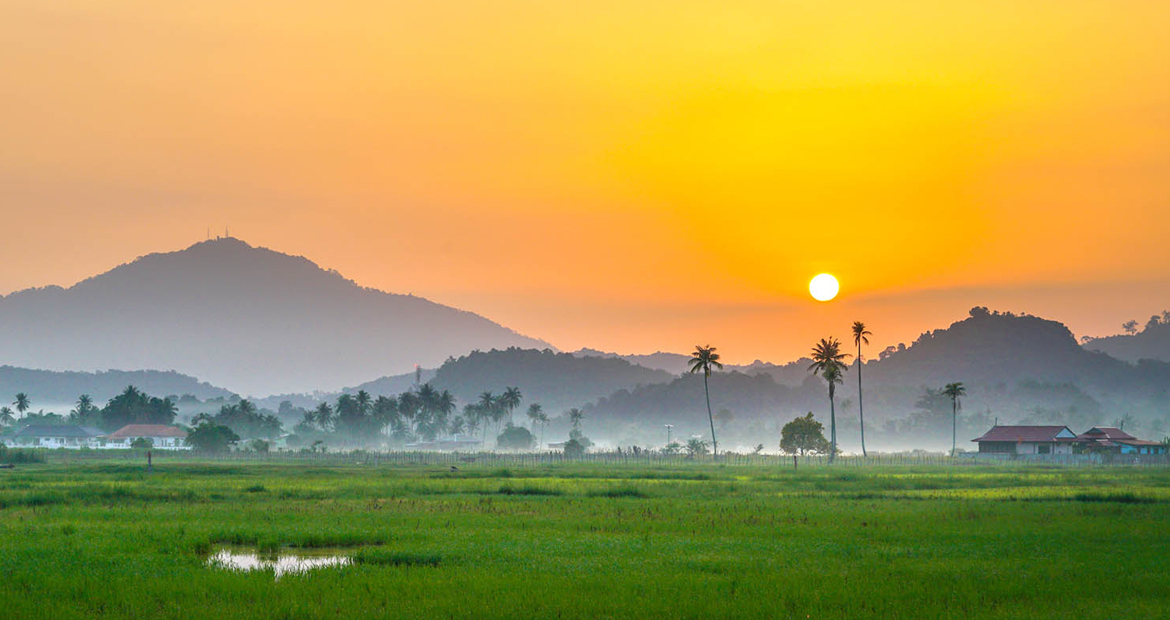
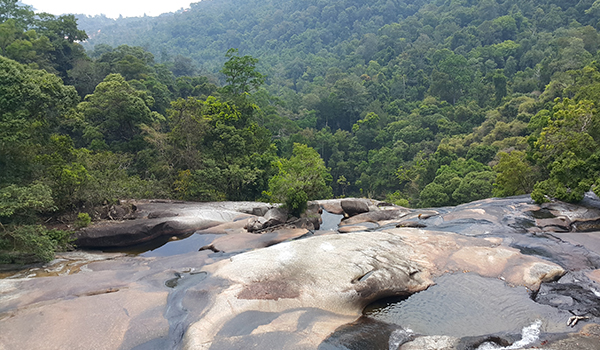
The oldest state in Malaysia has a long history dating back to as early as 110 A.D. 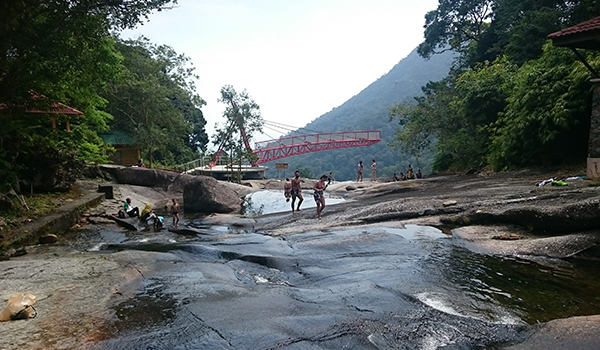
The waters of Telaga Tujuh is said to have mysterious beneficial properties. 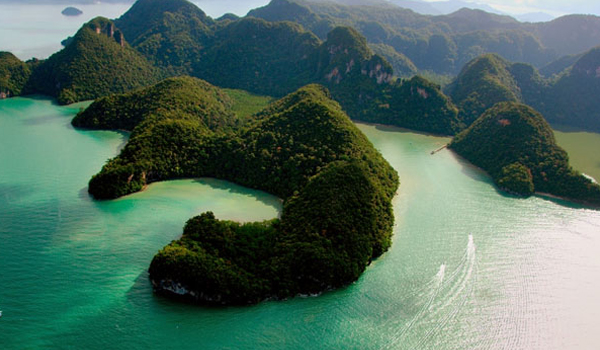
The Tasik Dayang Bunting is a popular destination for its local legend. 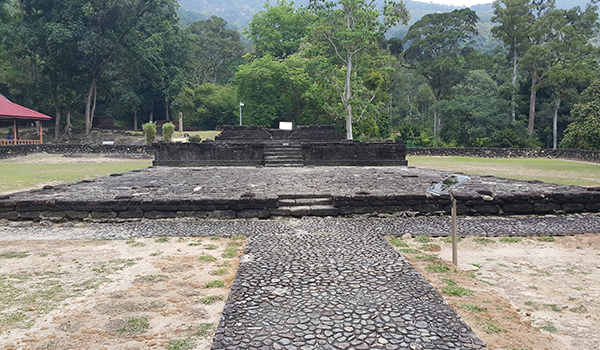
More than 50 ancient tomb temples called candi have been unearthed. |
There are many legends and folktales that are associated with the state of Kedah. The legendary Mahsuri who bled white to prove her innocence, the vampiric Raja Bersiong who thirsts for the blood of his subjects, the hidden Puteri Lindungan Bulan and many other wondrous tales. While no one can say for sure whether these stories are actual history, mere myth or a mixture of both, Kedah is home to many historical sites where one can visit and see for themselves the wonders of the ancients. Telaga Tujuh is one of the most popular destinations to go in Langkawi, Kedah. According to the locals, there were seven celestial princesses who favoured these pools for the water here runs cold. It is a network of seven natural wells from seven different water sources and it is said that they would never run dry even in the most severe drought. Water from each of these wells are of different colour and they are believed to have mysterious beneficial properties. Also in Langkawi, there is the famous Tasik Dayang Bunting. According to legend, there was a celestial princess by the name of Mambang Sari who loved to bathe in the lake. Mat Teja, a prince, fell madly in love with her and tricked her into marrying him. Unfortunately, their child who was only one-week old died of a mysterious illness. In her grief, Mambang Sari left the child’s body in the lake and returned to her heavenly home. Today, some believe that women who are unable to conceive could fix their predicament by bathing in this lake. Lembah Bujang is more grounded in reality as it is the richest archaeological site in Malaysia. What visitors can find here is the history of the state, how it came to be and the people who once lived there through the artifacts and ruins of ancient cities. The name “Bujang” refers to the Sanskrit word “Bujang” or “Bhujangga”, meaning snake or naga that symbolizes the prosperity of a region. It was once a valley that attracted traders from far and wide and their wealth is evident from the structures as well as relics they left behind. |

